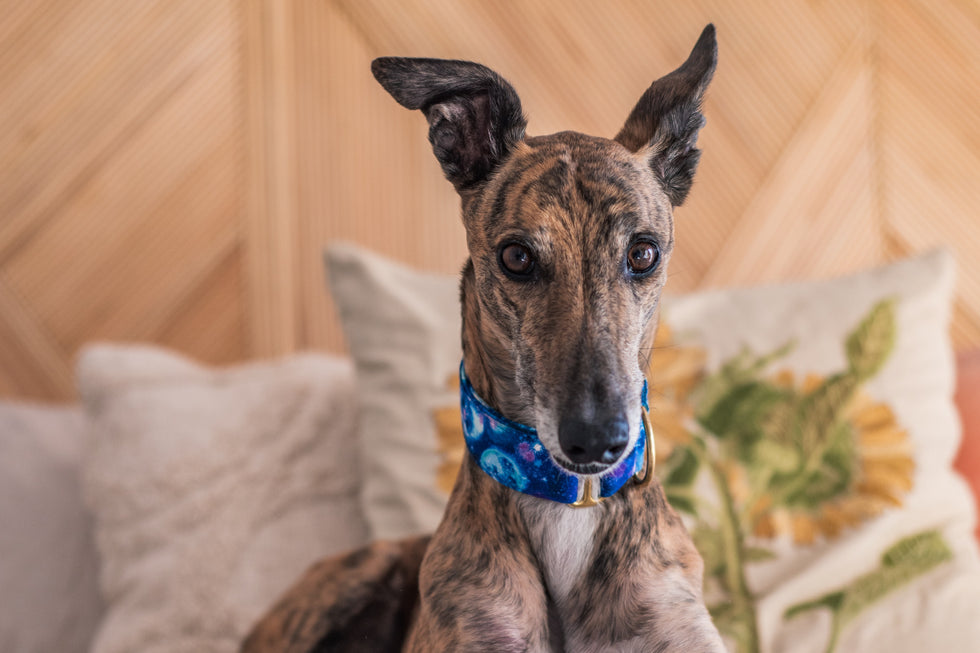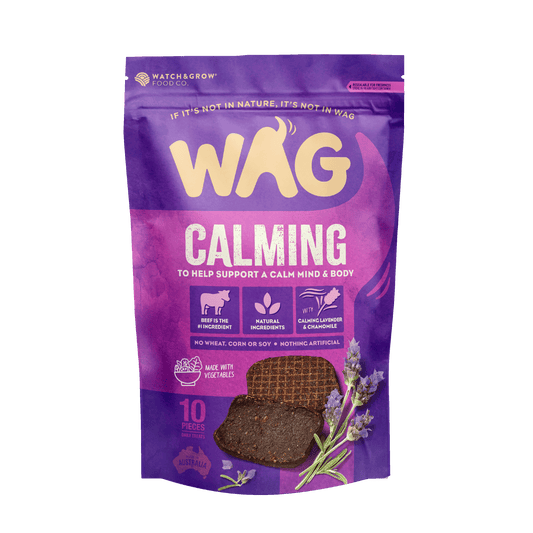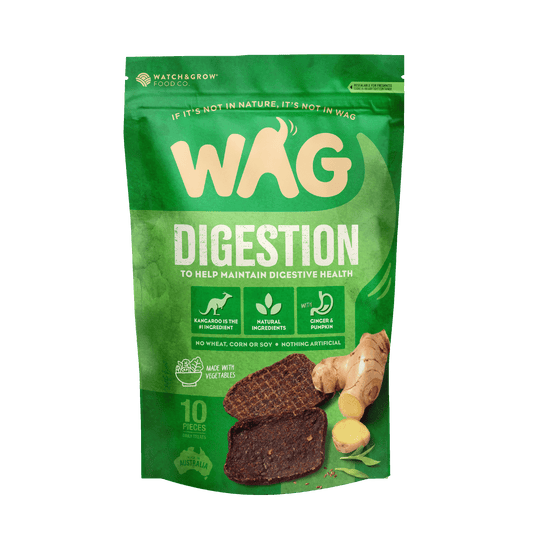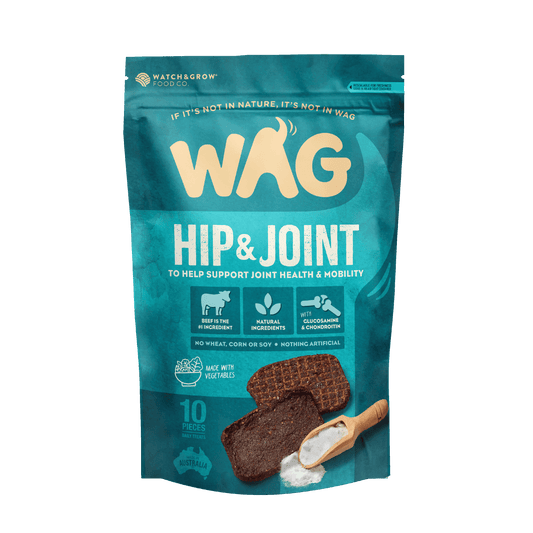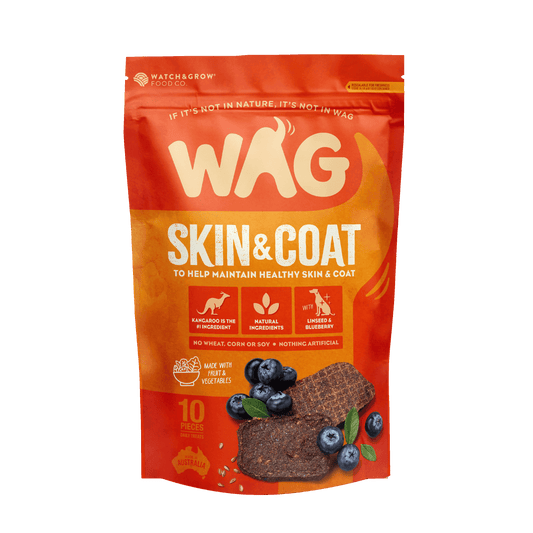Decoding Dog Body Language: A Guide for Understanding Your Furry Friend’s Communication
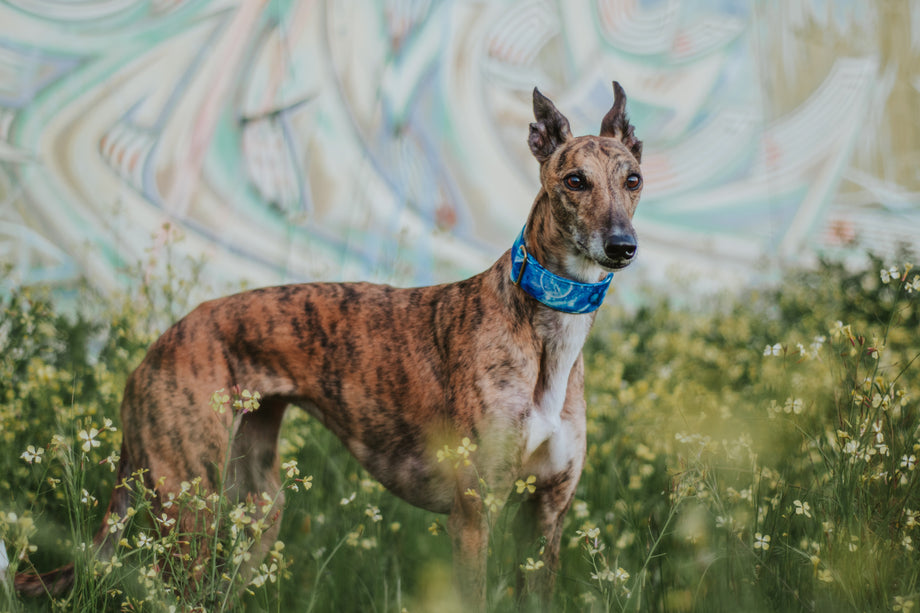
Understanding your dog is important in creating a trusting and loving relationship. A dog's body language can tell us a lot about how the dog is feeling, and how they feel about any given situation. By reading the signs your dog is exhibiting, you can better understand them and communicate more effectively with them.
Dog body language can differ from pooch to pooch, but there are some common signs that dog owners can watch for that may give an insight into how their dog is feeling and what they are trying to communicate.
The importance of understanding dog body language
A dog's behaviour reflects how they’re feeling and is one of their forms of communication. If we can understand what our dog’s behaviour is trying to express, we can better understand their needs, remove them from stressful situations, and do more of the things that make them the happy dog we love to see.
Understanding your dog's body language will enable you to support their emotional state and wellbeing, and help you to bond with your furry friend.
Common body language of dogs
Each dog may behave slightly differently in order to communicate, or respond differently to a particular situation. However, from stressed dog body language to signs of aggression, there are common canine body language cues that dog owners can watch out for.
Tail position
If the tail drops from a neutral position to a low position, it may indicate submission, to show people or other dogs that they aren't a threat.
When the tail is tucked between the legs, it's a good indication that the dog is feeling scared. If you can understand when your dog is feeling scared, you can remove them from the situation or help them feel safe.
One sign of aggressive body language can be a tail in a very high position. However, a tail in a high position when coupled with a 'play bow' (the front of the body lowered in a bow) is usually a good sign the dog is feeling playful.
It's important to get to know what a 'neutral position' means for your dog's tail. Some dog breeds have tails that naturally curl over their back, while others have tails that are naturally in a lower position. Get to know your dog's tail habits and you'll have a better chance of reading their subtle signals.
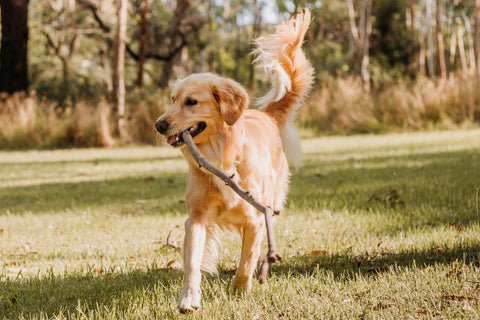
Wagging tail
A wagging tail can actually indicate a range of emotions, from excitement to nervousness and anxiety.
If the tail wagging is very fast and in a slightly upright or neutral position, it will often indicate an excited dog. If the tail is wagging and there are other happy signs such as an open mouth with tongue lolling, it's likely the canine is feeling happy and excited. If the tail is wagging slowly side to side in a way that makes their whole body sway, such as when a pooch is greeting their owner, this is a sign of a relaxed dog.
When the tail is wagging only slightly from side to side, the dog may be on alert and keeping a watch on things.
Ears
The position of the ears can be an important part of dog communication. For example, a dog's ears that are flattened back can indicate they are feeling worried, but can also be a sign of an aggressive dog. If flattened ears are combined with other body signals such as lowering their entire body or a displacement signal such as licking at the air, it's a good sign of a fearful dog that is feeling submissive. In the case of flattened ears combined with baring of teeth and raised hackles, the dog may be scared and aggressive.
On their own, erect ears that point forwards, and maybe twitch, can be a sign of a dog that is on alert and checking out their surroundings. If erect ears are coupled with signs such as baring of teeth, raised hackles and a wrinkled nose, these are signs of an aggressive dog reacting to a perceived threat.
A playful dog may have erect ears as well. Other signs of a playful dog include lowering the front of their body into a play bow, open mouth, and their tail up (potentially wagging).
Eyes
Just like with humans, a dog's eyes can communicate a lot about how they're feeling. In the case of brief eye contact or eyes that are partly closed, the dog is likely fearful or submissive. ‘Whale eye’ relates to when the dog has the white showing in their eyes, and can be a sign of a anxious or stressed dog.
Wide eyes often indicate the dog is on alert and keeping a watch on things. Direct eye contact with an unwavering gaze can be seen as a sign of confidence or even aggression. It's important to be aware of these cues and respond accordingly to ensure the safety and comfort of both the dog and those around them.
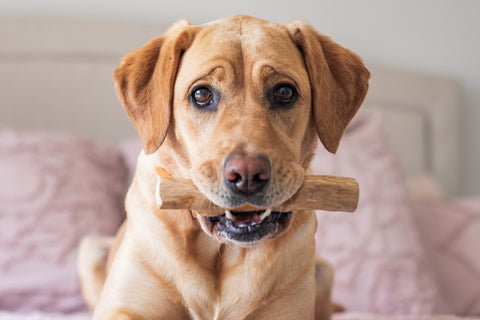
Understanding your own dog
Nobody knows your furry friend better than you. Understanding your dog's own body signals, facial expressions and body postures based on the context of the situation and their known likes and dislikes can help you respond to your dog's needs and support their emotional state.
You may be able to pick up on anxiety in your dog’s body language - this is their own canine communication to let you know that they’re feeling stressed or worried. It's then up to you to respond - you can help them manage the stressful situation or remove them from it.
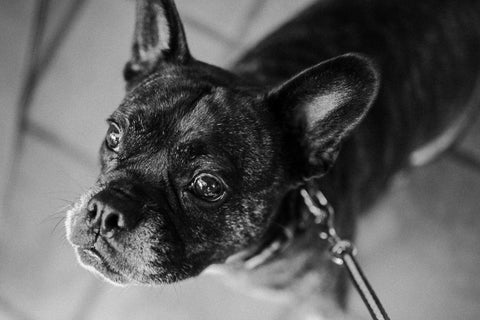
The same goes for aggressive dogs. Aggressive body language such as bared teeth is a dog's way of letting people and other dogs know how they're feeling. It's important to approach aggressive dogs with caution and respect their personal space to avoid escalating their aggression.
Communicating with your dog
As well as verbal cues, our dogs communicate with body signals and facial expressions. But how should we communicate with our dog?
It's likely you use vocalisations to communicate with your pooch - such as to praise and greet them, and the use of verbal commands. But canines read the body language of people, too. They watch our body movements, posture and facial expressions for clues on our emotions and our intentions.
Our dogs are often emotionally intelligent. Our pooch can pick up when we are feeling sad, angry or excited - and plenty of other things, too - from our body language, the tone of our voice, and any shift in our habits or routine.
Notice your dog always gets excited when you're excited? They're picking up on your mood! This is a useful way of communicating, but make sure you're not negatively affecting your pooch with your body language.
If you've ever noticed your dog looked 'guilty' but you couldn't figure out why, it's possible they were reacting to your mood! Dogs are highly intuitive and can pick up on their owners' emotions and body language, which may cause them to display guilty-looking behaviours even if they haven't done anything wrong.
Effectively communicating with your dog also means responding to their cues. Dog owners can strengthen the bond they have with their furry friends by listening to their body signals, responding to the situation, and offering belly rubs, praise and treats for good behaviour.
Alternatively, if a dog is indicating they need space by displaying signs of fear or aggression, it's important to give them the space they need and avoid pushing them beyond their comfort zone. This can prevent potential incidents and help the dog feel safe and secure. By understanding and responding appropriately to their cues, owners can foster a trusting and communicative relationship with their dog.
The best dog treats
One of the best ways to ensure your dog feels loved is to offer them treats. Treats are useful for training and praise, and help grow a positive relationship between a person and their canine companion.
Not all dog treats are created equal. Make sure you shop for healthy dog treats without any preservatives or fillers to support their physical health. Our range of natural dog treats such as jerky dog treats and fish treats for dogs are made from natural ingredients so you can rest assured knowing your doggo is being rewarded with the very best.
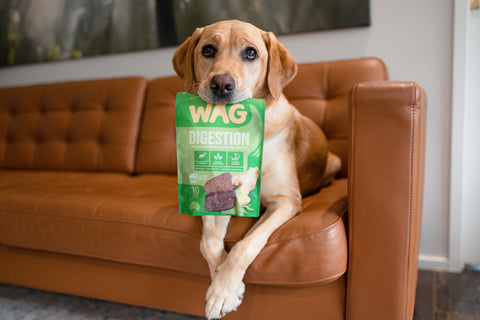
Healthy treats for happy doggos
Now you understand a bit more about dog body language, it's time to get sorted with some delicious treats to help you on your way to supporting their physical and emotional wellbeing.
A healthy dog is a happy dog. Shop the wide range of WAG natural dog treats including our brand new range of WAG functional jerky treats today.
Shop the Recipe
WAG Team
Up Next
What’s the Deal With My Dog’s Itchy Ears?
